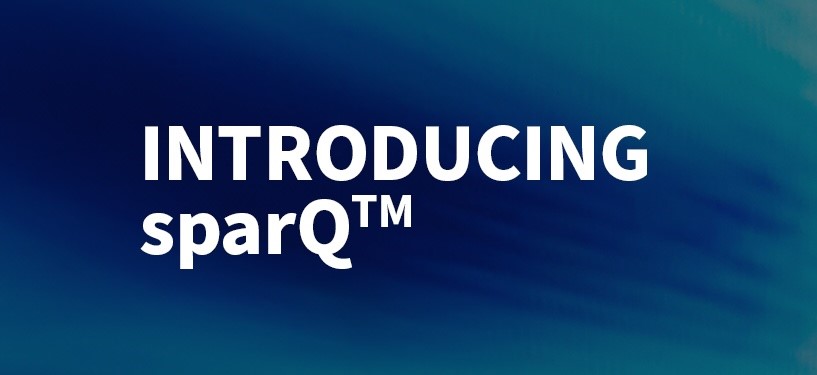We’ve all experienced a bit of FOMO at one time or another, whether we stayed home sick the night of a party or failed to score tickets to a big concert. It stings to miss out on the fun, but we get over it. In the era of remote work, however, ‘fear of missing out’ has taken on a more consequential meaning – one that is troubling the minds of many young professionals.
According to a recent study by SurveyMonkey, 34% of 18-24 year-olds worry that working remotely will result in them losing out on career advancement opportunities. What these workers are afraid of, to be specific, is something called proximity bias.
Proximity bias refers to the notion that employees who are in closer physical proximity to their leadership will be viewed as better workers, and will therefore be given more opportunities to progress within the company.
This isn’t exactly a new concept. But in today’s shifting work environments where remote and hybrid work have become the norm, proximity bias has escalated from a cause of minor insecurity to a widespread concern – especially for younger workers. The same survey found that 21% of workers are concerned with proximity bias, but older demographics feel the least worried about it impacting their job security.
“This research from SurveyMonkey is telling us what we already know, that younger workers have more anxiety about missing out,” says Meg Donovan, Chief People Officer at Nexthink. “When you’re further along in your career, you’ve probably already made connections, created your reputation and developed strategies to be successful remotely.
“If you’re just starting out, you’re going to have to worker harder to develop relationships. You’ll need to raise your hand for opportunities and build your personal brand in a remote world.”
Donovan adds that proximity bias poses legitimate risks for organizations, including employee burnout and increased turnover.
The question is: whose job is it to make sure proximity bias doesn’t trigger widespread damage to hybrid workforces?
Combatting proximity bias requires effort from leaders and employees alike.
It’s difficult to identify and root out proximity bias for two key reasons:
1) Often times leaders aren’t even consciously aware that they’re favoring in-office workers over remote staff.
2) Remote employees are less likely to openly share their fear of proximity bias with other colleagues., and their anxiety can eventually lead to burnout as a result of being displaced from their coworkers.
That’s why it’s so important for leaders and employees to confront proximity bias head-on.
“As leaders, it means combatting proximity bias in our own teams and creating an inclusive workplace for both in-person and remote collaboration,” Donovan says. “As employees, it means everyone should have a strategy for maintaining visibility as part of their own career management plan.”
Let’s use a routine Zoom meeting, with a mix of in-office and remote workers, as an example to illustrate this dual responsibility.
Prior to the meeting, a manager can send an agenda with specific notes that indicate what each participant will be responsible for. A remote worker on the call can ensure maximum visibility by coming to the meeting with relevant notes, while also making sure their camera, microphone, and background are optimized to make communication as smooth as possible.
Technology plays an important role in combatting proximity bias among remote workers.
In remote work environments, employee technology has largely dictated overall employee experience. Moving forward, technology will be even more critical in determining whether hybrid workspaces feel collaborative and inclusive or fractured and isolating.
In-person workers inherently have an advantage when it comes to engaging with colleagues, their managers, and company leadership in the office. So it’s important to maximize collaborative technologies for remote workers whenever possible.
“As an organization, remedying [proximity bias] means democratizing employee experience to give equitable opportunities to engage, interact and grow,” Donovan says. “This can be done with collaboration tools to build better connections amongst colleagues and across departments.”
For example, companies who use Slack may elect to create dedicated channels for non-work conversations – places for employees to talk about last night’s football game, share personal milestones, etc. – in order to replicate the “watercooler talk” that only in-office employees get to participate in.
Donovan also highlights the importance of IT technology that can actually measure how well these efforts at connectivity are going: “Organizations can also keep a pulse on employee sentiment to measure the effectiveness of those interventions.”
By gathering employee sentiment, organizations are able to gauge the subtle differences in experience between remote and in-person workers and make strategic changes accordingly.
Proximity bias might not be something that can be eradicated entirely – but by shining a spotlight on it rather than sweeping it under the rug, companies can ensure that hybrid workplaces become engaging and inclusive environments for all employees.
___
This post was originally published on the Nexthink blog.




